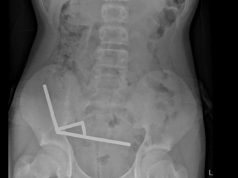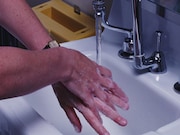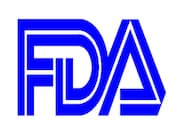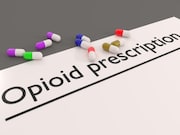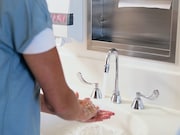Loan Forgiveness, Educational Debt May Affect Practice Patterns
Graduates with loan forgiveness/repayment program more likely to enter primary care fields
National Hand Hygiene Initiative Successful in Australia
Overall hand hygiene compliance increased from 2009 to 2017; associated drop seen in HA-SAB incidence
FDA Approves First Generic Nasal Spray Against Opioid Overdose
Product is also first generic naloxone nasal spray approved for use by people without medical training
Sixty People Charged in Massive Opioid Painkiller Investigation
Individuals linked to about 350,000 prescriptions and 32 million pills
iADL Dependency May Up Mortality in Hematologic Cancers
Instrumental activities of daily living dependency, mortality linked in seniors with hematologic cancer
One in Three U.S. Adults Aged 35 to 44 May Have Drinking Problem
Nine percent continue to drink despite negative effects on career, education, relationships
Hand Hygiene Compliance Poor in Task Transitions
Hand hygiene compliance was 50.8 percent when health care workers moved from dirtier to cleaner tasks
Abnormal Romberg Test Predicts Prolonged Concussion in Children
Abnormal performance independently associated with longer duration of symptoms for children
CDC: Raw Tuna Linked to Salmonella Outbreak in Seven States
Raw ground tuna supplied by Jensen Tuna is likely source of outbreak
American College of Physicians, April 11-13
The American College of Physicians Internal Medicine Meeting 2019 The annual meeting of the American College of Physicians (ACP) was held from April...




